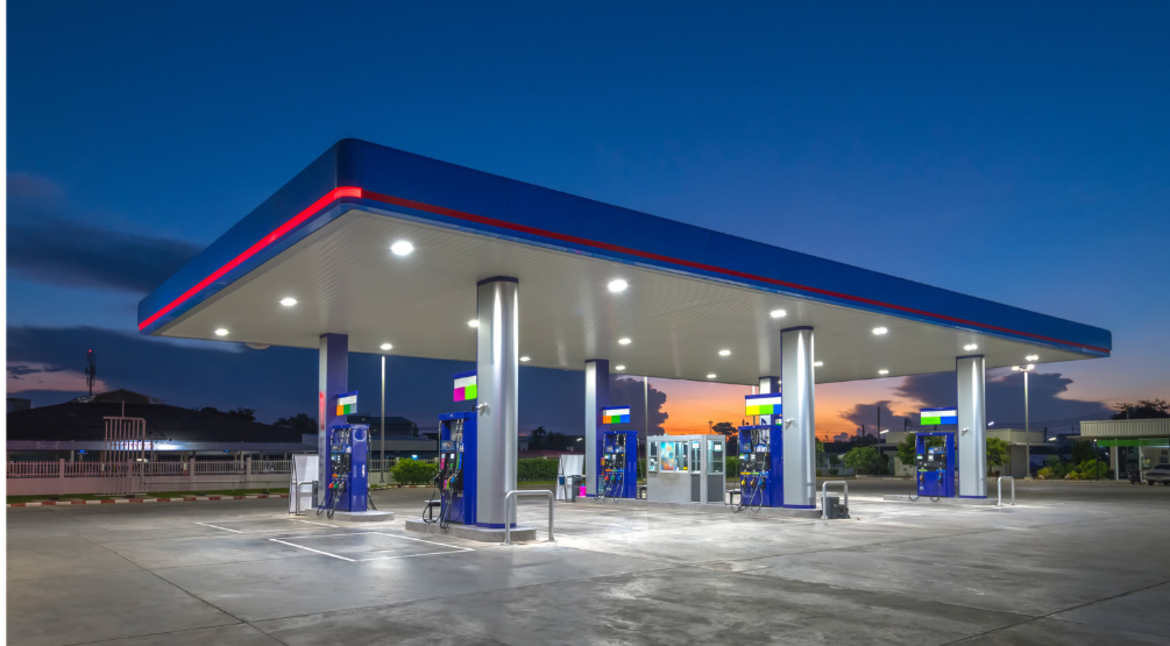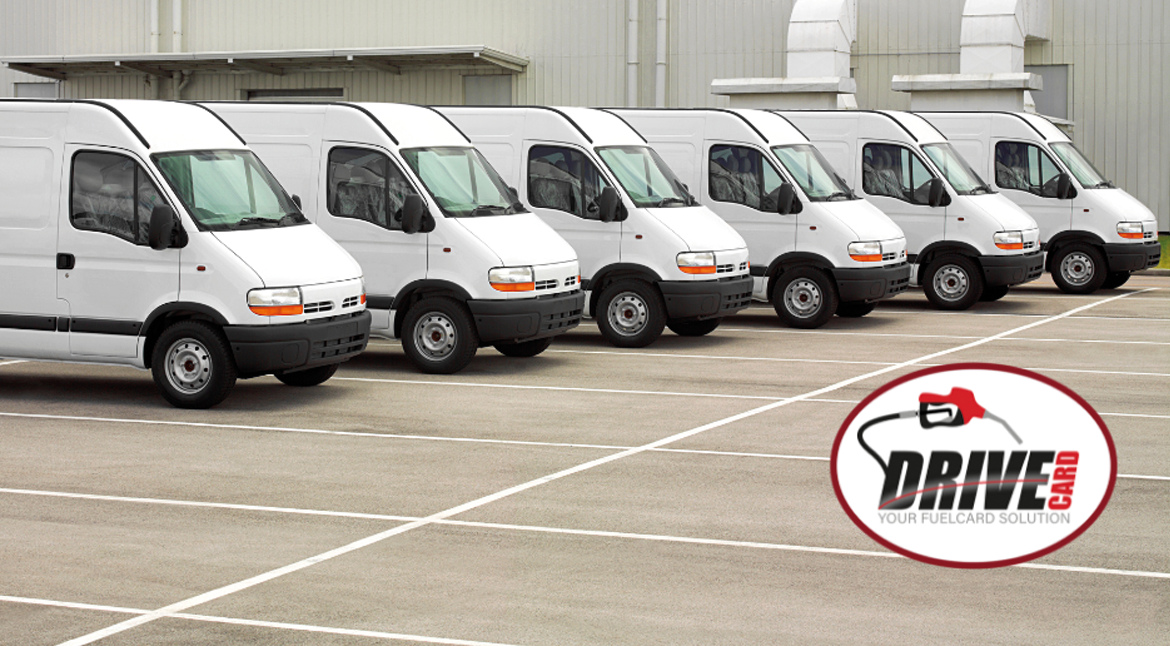The history of fuel cards can be traced back to the 1930s when a company called Oil Company of California (now known as Chevron) introduced a credit card that could be used at their gas stations. This card, called the Chevron Credit Card, allowed customers to purchase gas and other products on credit and pay their bills at the end of the month.
In the 1970s, fuel cards began to be used more widely in the commercial transportation industry. Companies such as ARCO, Texaco, and Shell began to offer cards that were specifically designed for trucking companies and other commercial fleets. These cards allowed fleet managers to track their fuel expenses more easily and gave them more control over their fuel budgets.
In the 1980s, fuel card programs became more sophisticated with the introduction of electronic tracking systems. These systems allowed fleet managers to monitor their fuel usage in real-time, which helped them to identify areas where they could reduce costs and improve efficiency.
In the 1990s and early 2000s, fuel card programs continued to evolve with the introduction of online account management systems. These systems allowed fleet managers to view their fuel usage and expenses in real-time, access reports and analytics, and manage their accounts more efficiently.
Today, fuel card programs are widely used by commercial fleets of all sizes, as well as by individual consumers who want to better manage their fuel expenses. Fuel card programs offer a wide range of benefits, including cost savings, improved efficiency, and enhanced control over fuel expenses.
So where do we fit into the timeline? Established in 2011 and part of the Tate Oil family, DRIVEcard is a leading, independent fuel card provider in the UK, offering competitive rates on fuel cards for your business.
We are proud of our company history and independent status, because of this, we are able to provide the perfect fuel card solution for our customers, wherever they trade.


.png)








.png)
.png)
.png)
.png)
.png)
